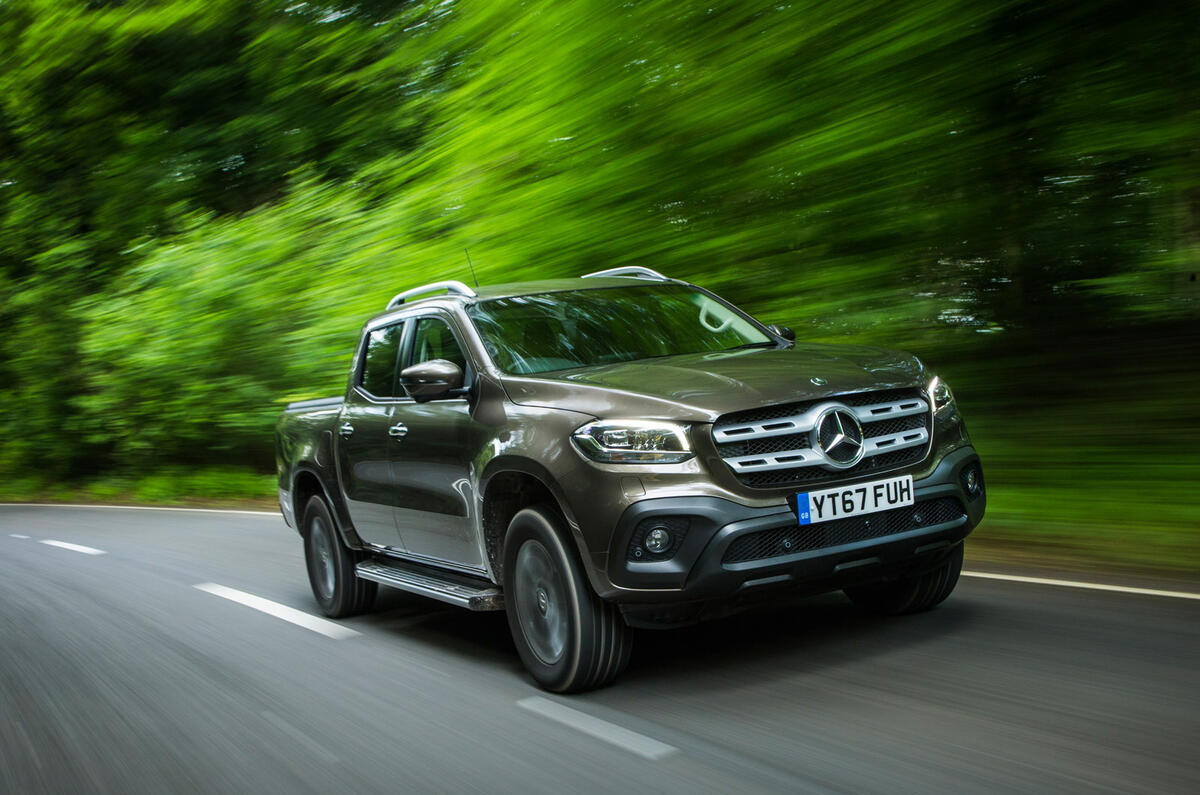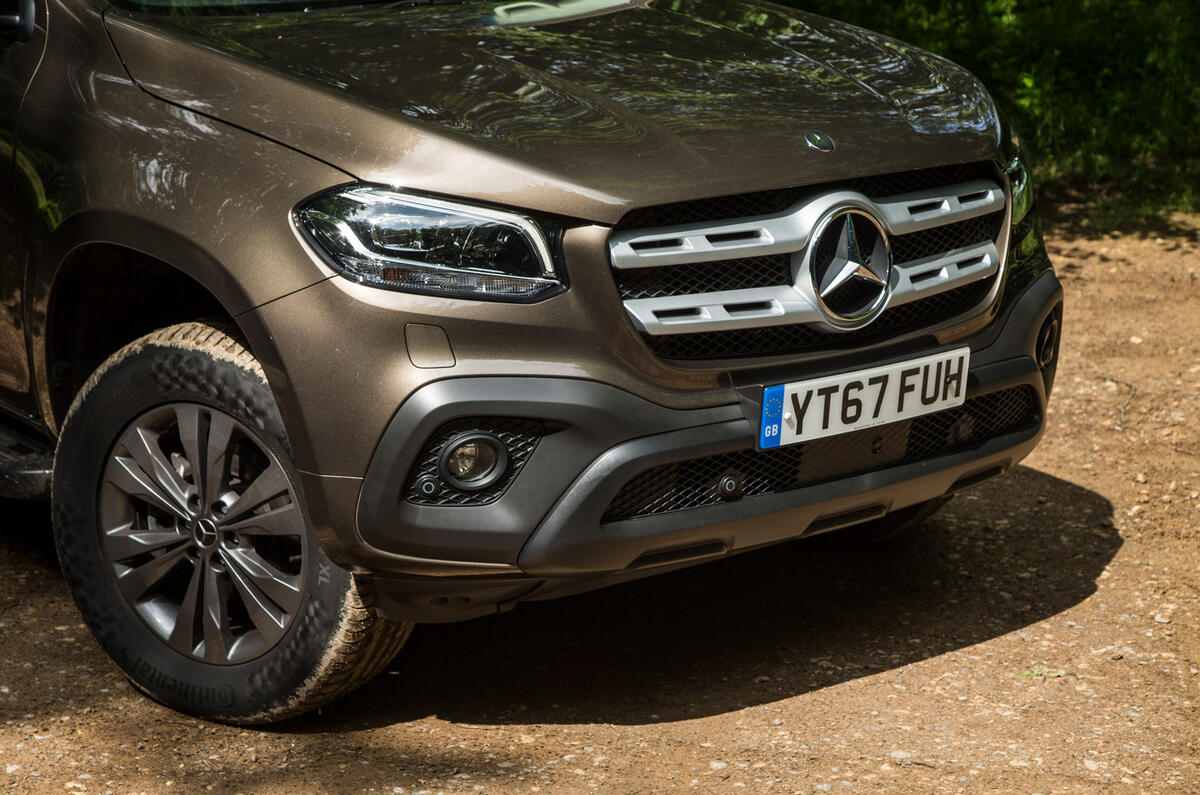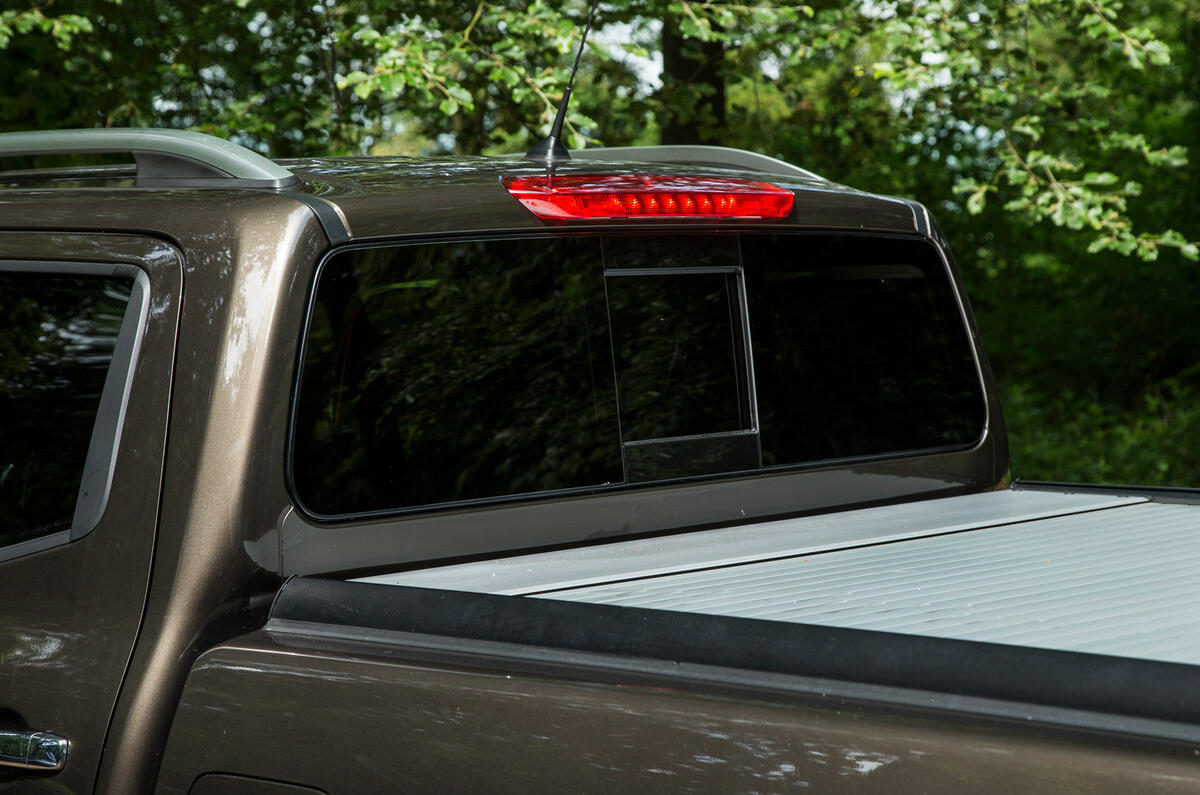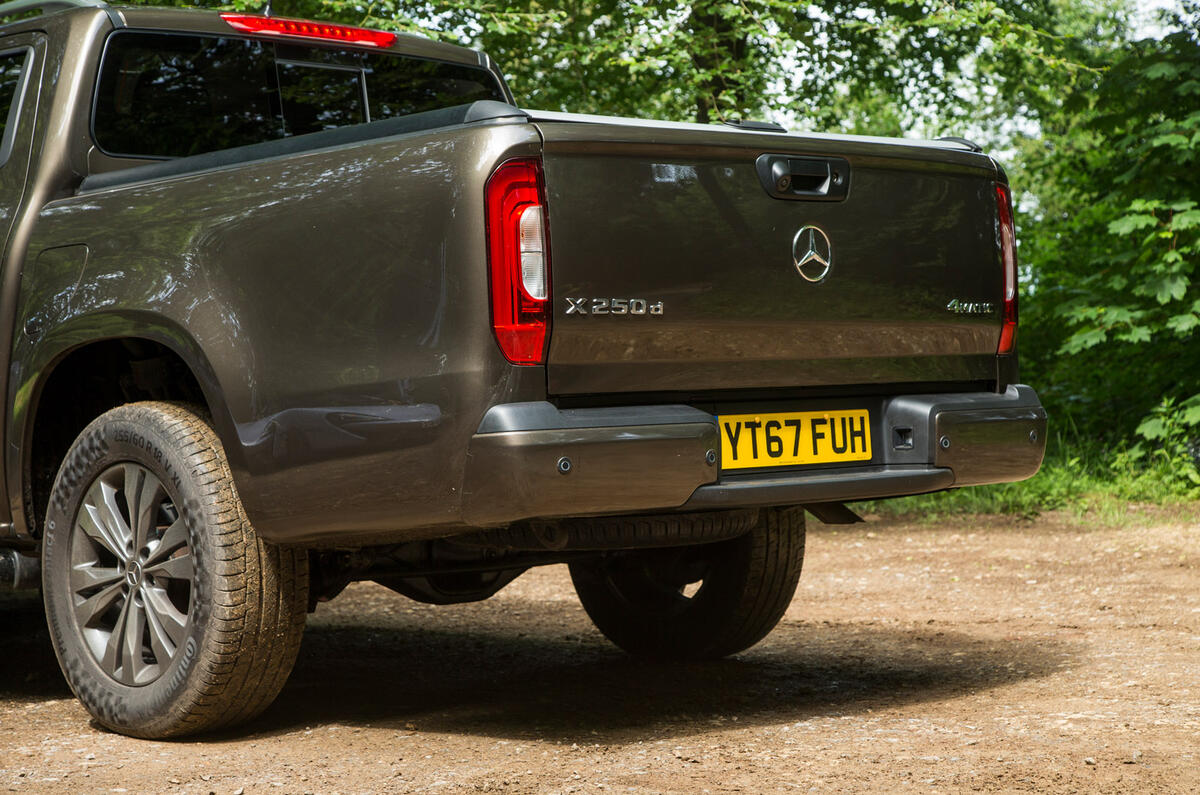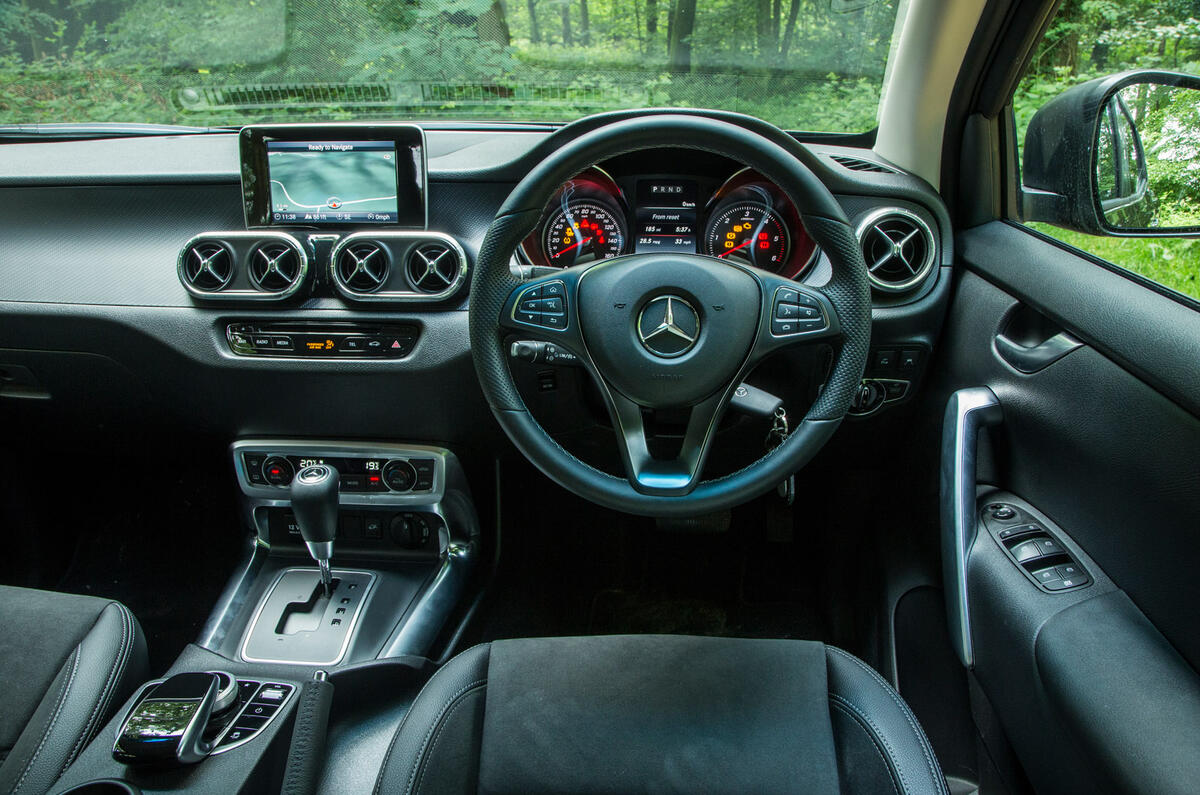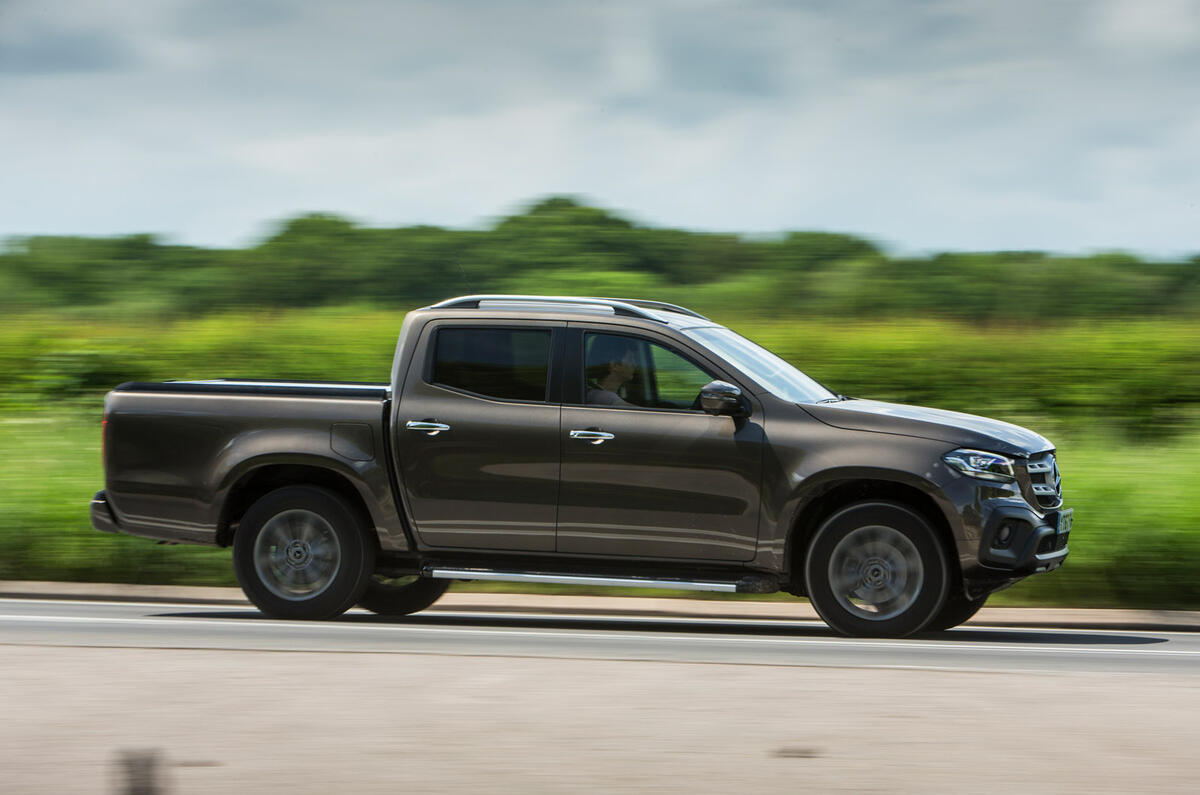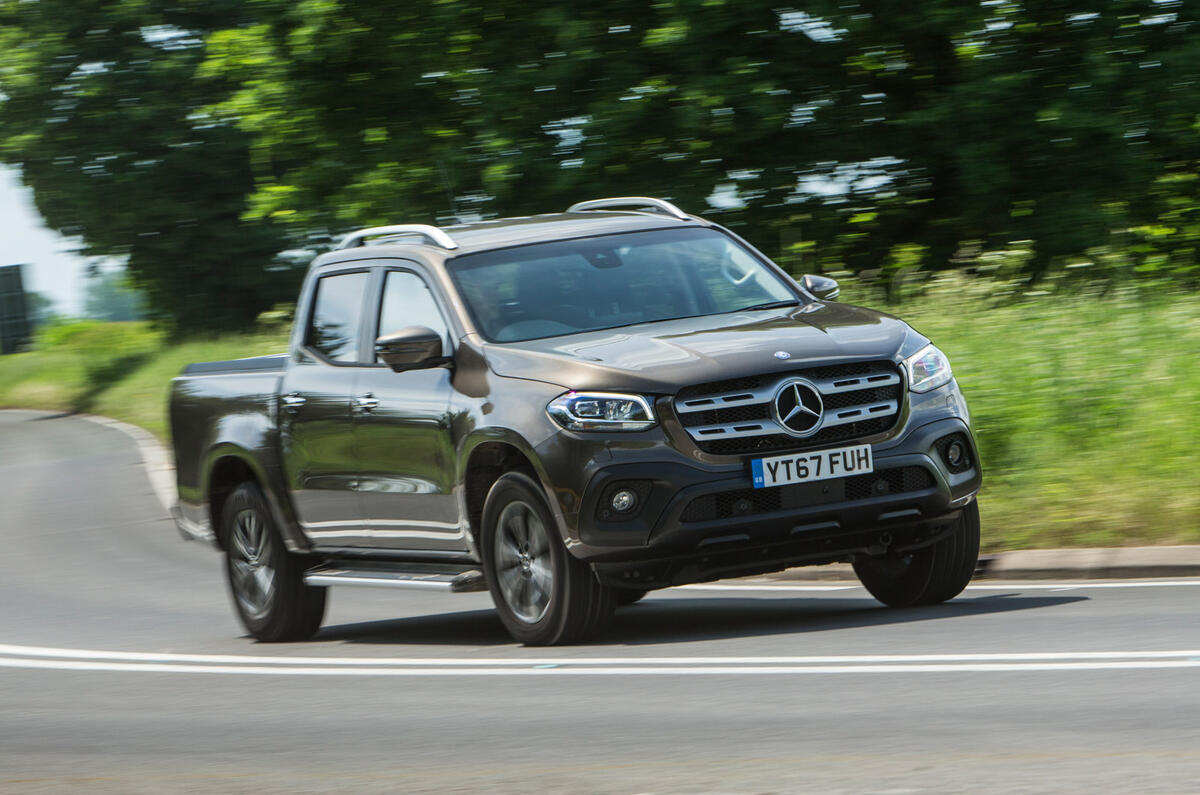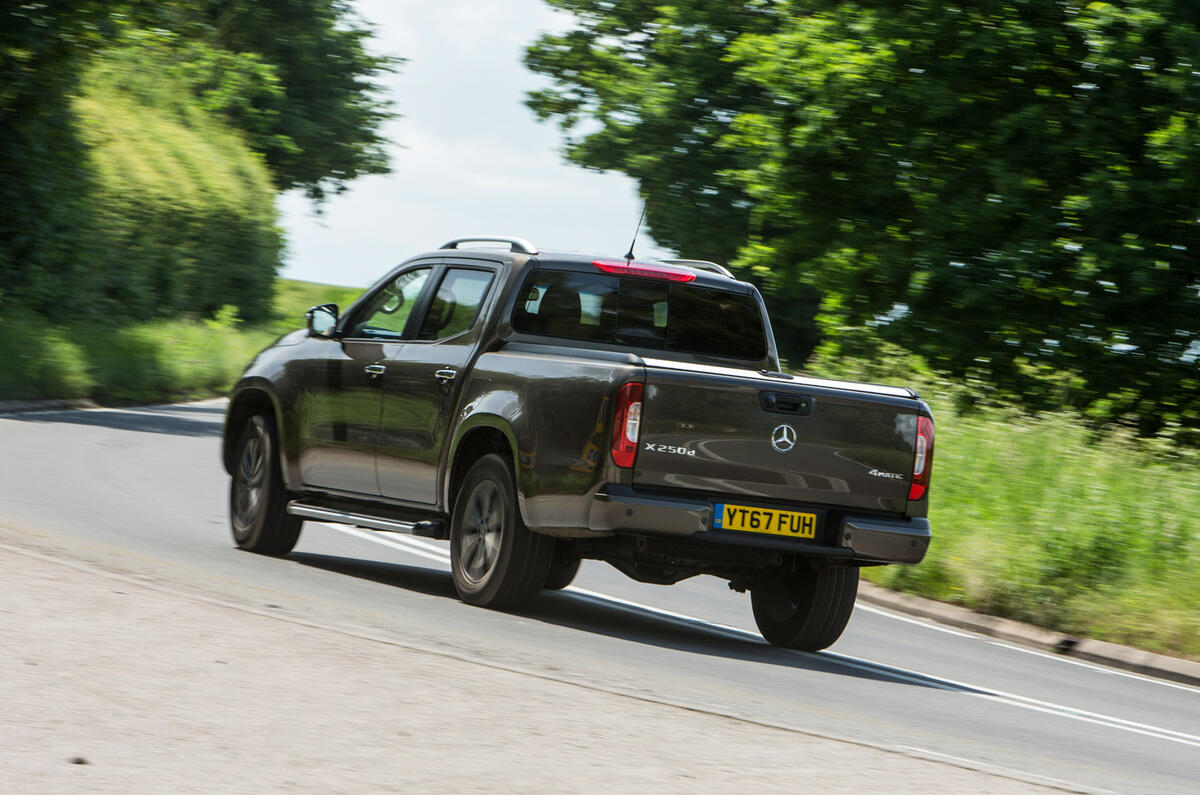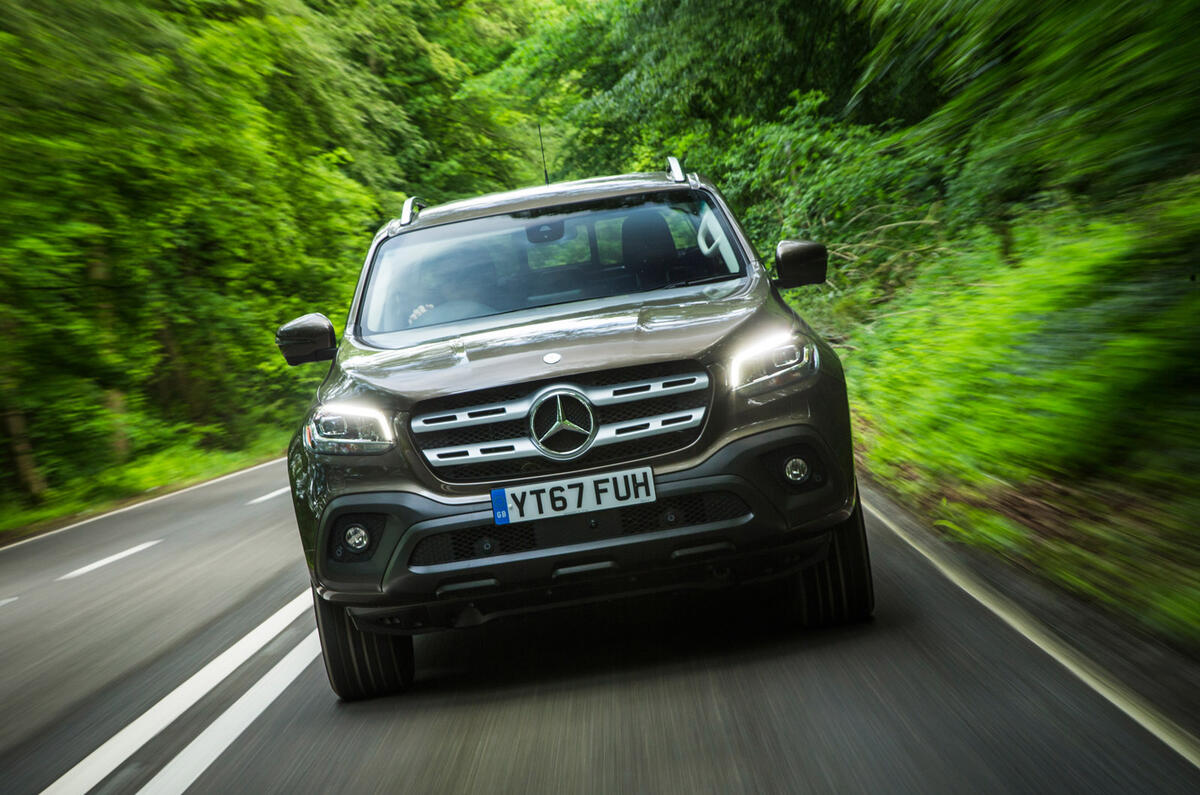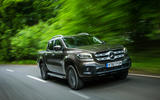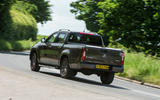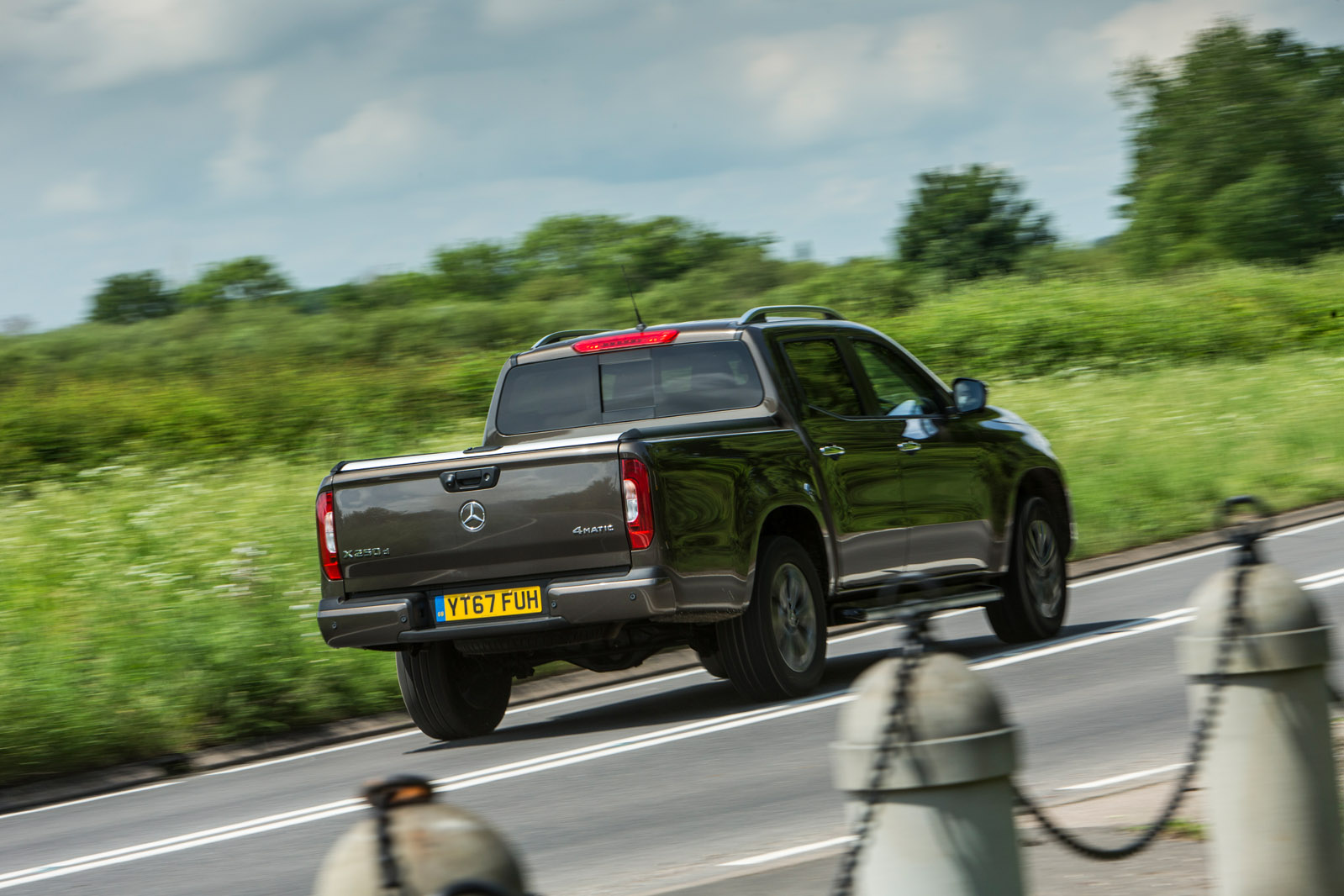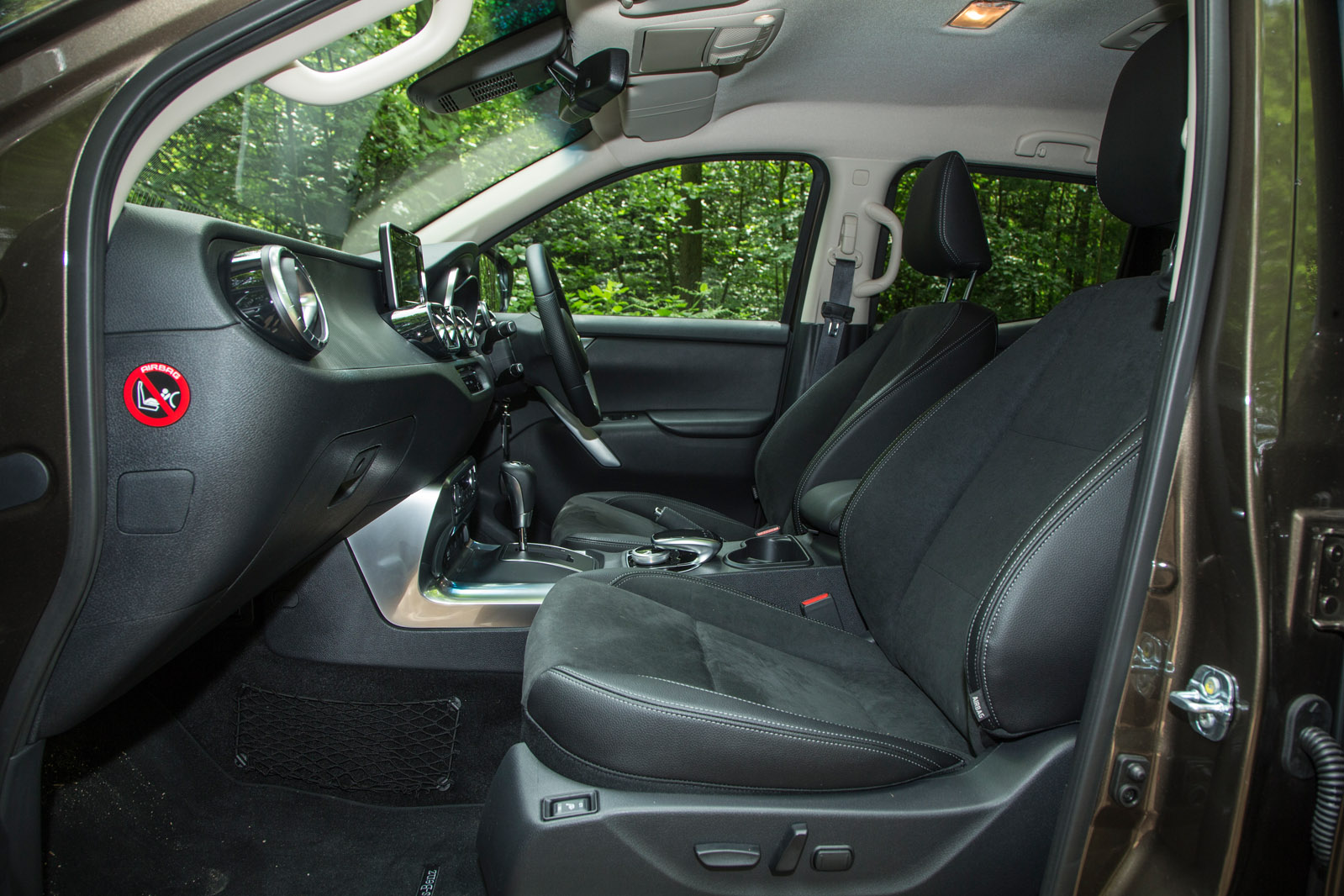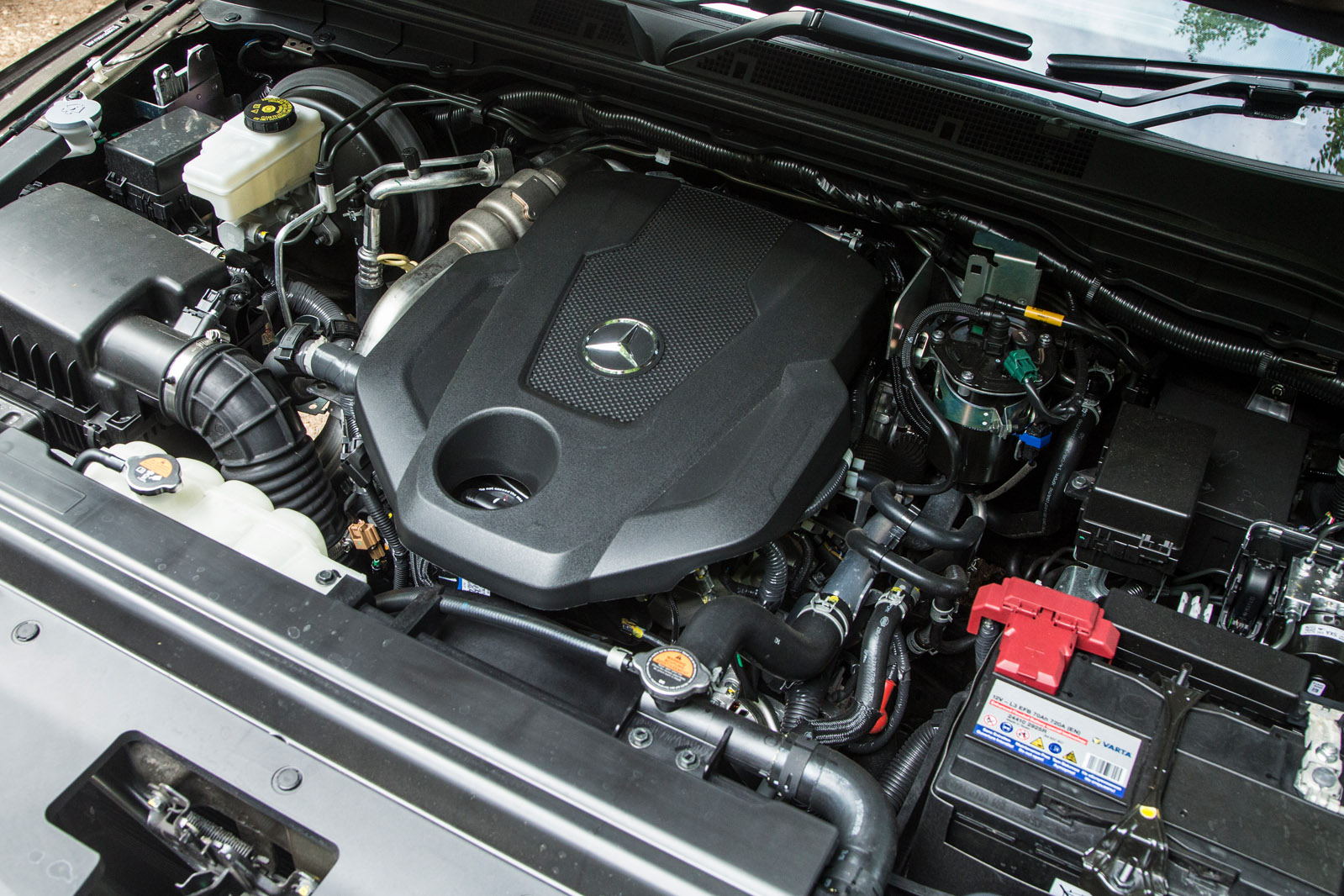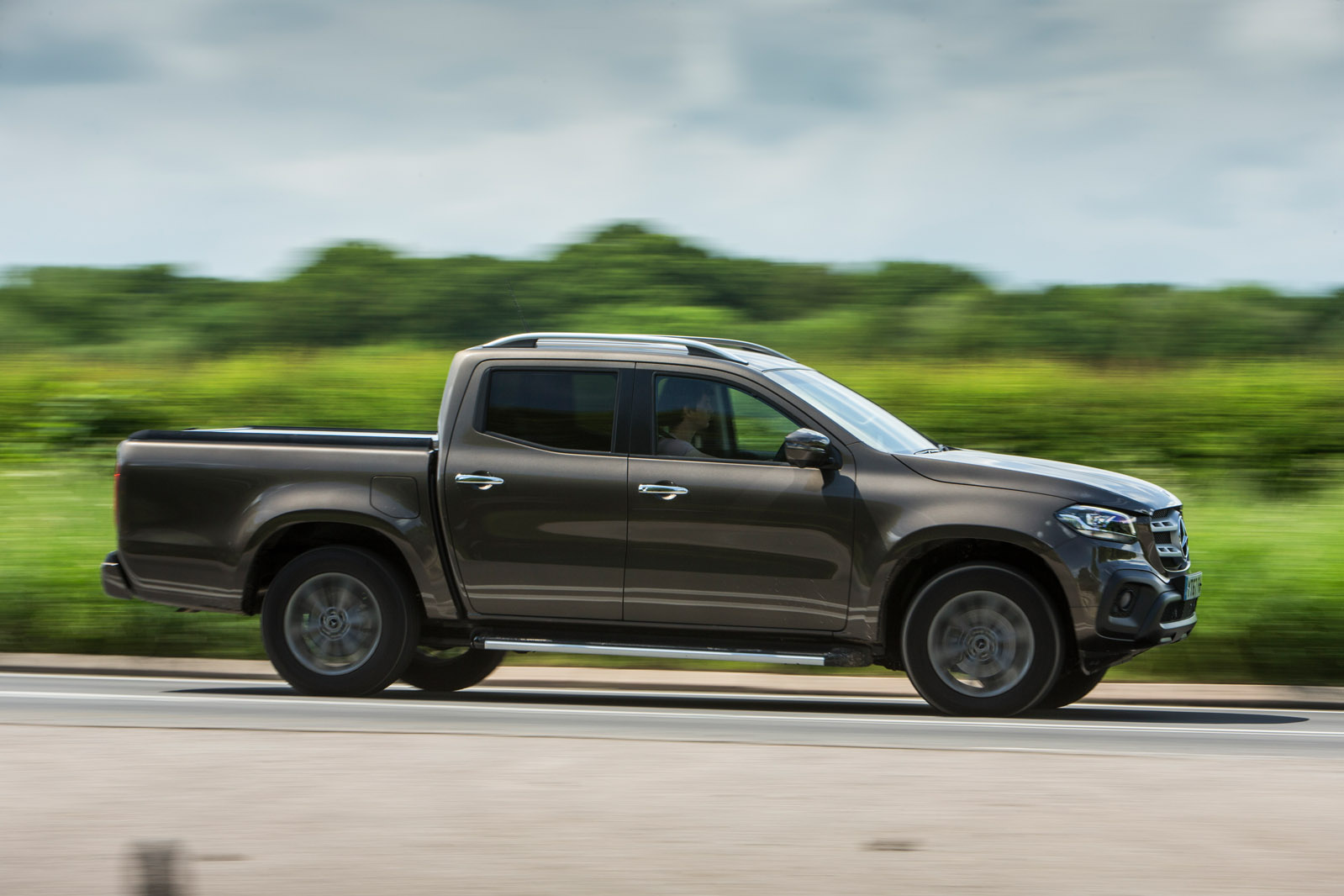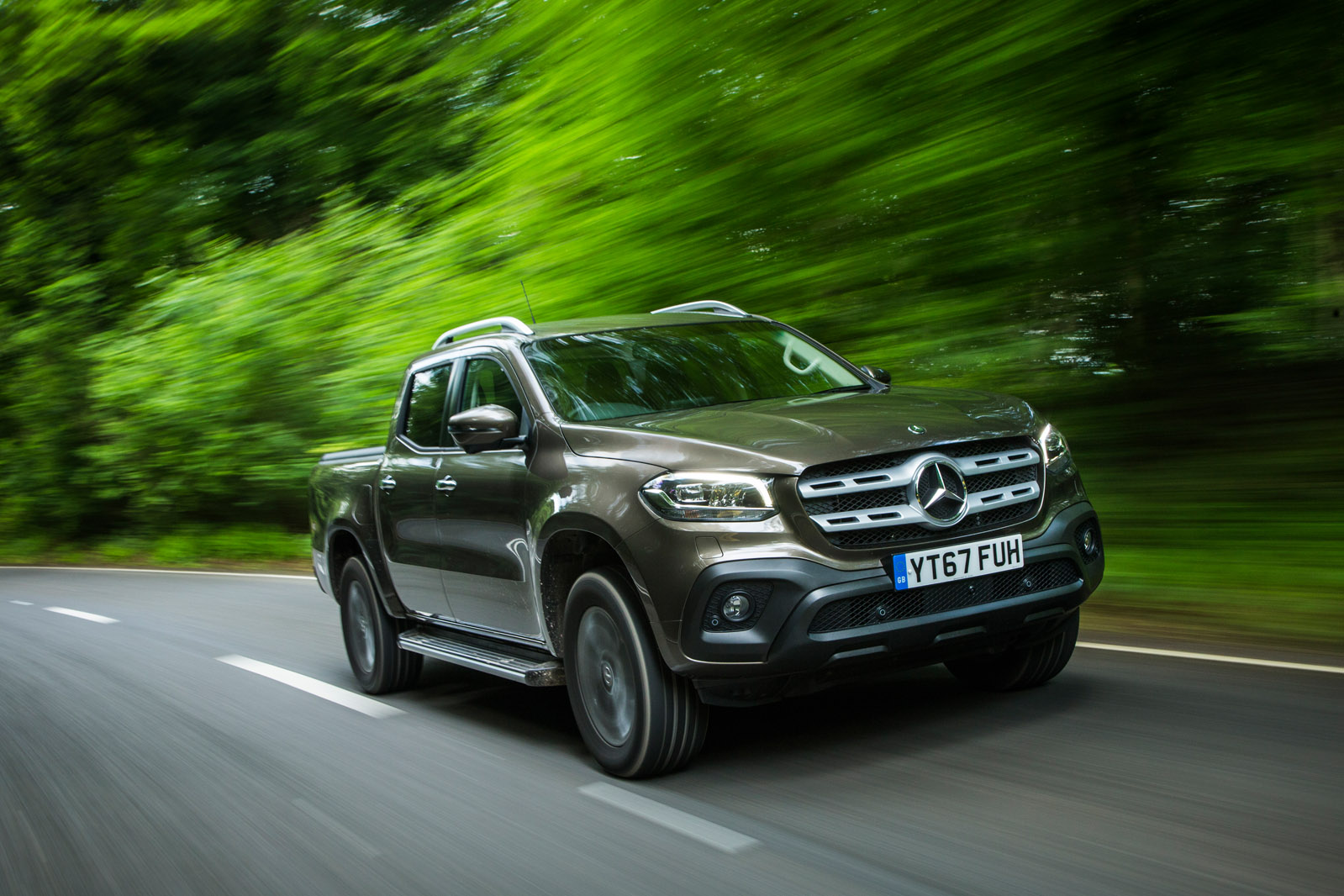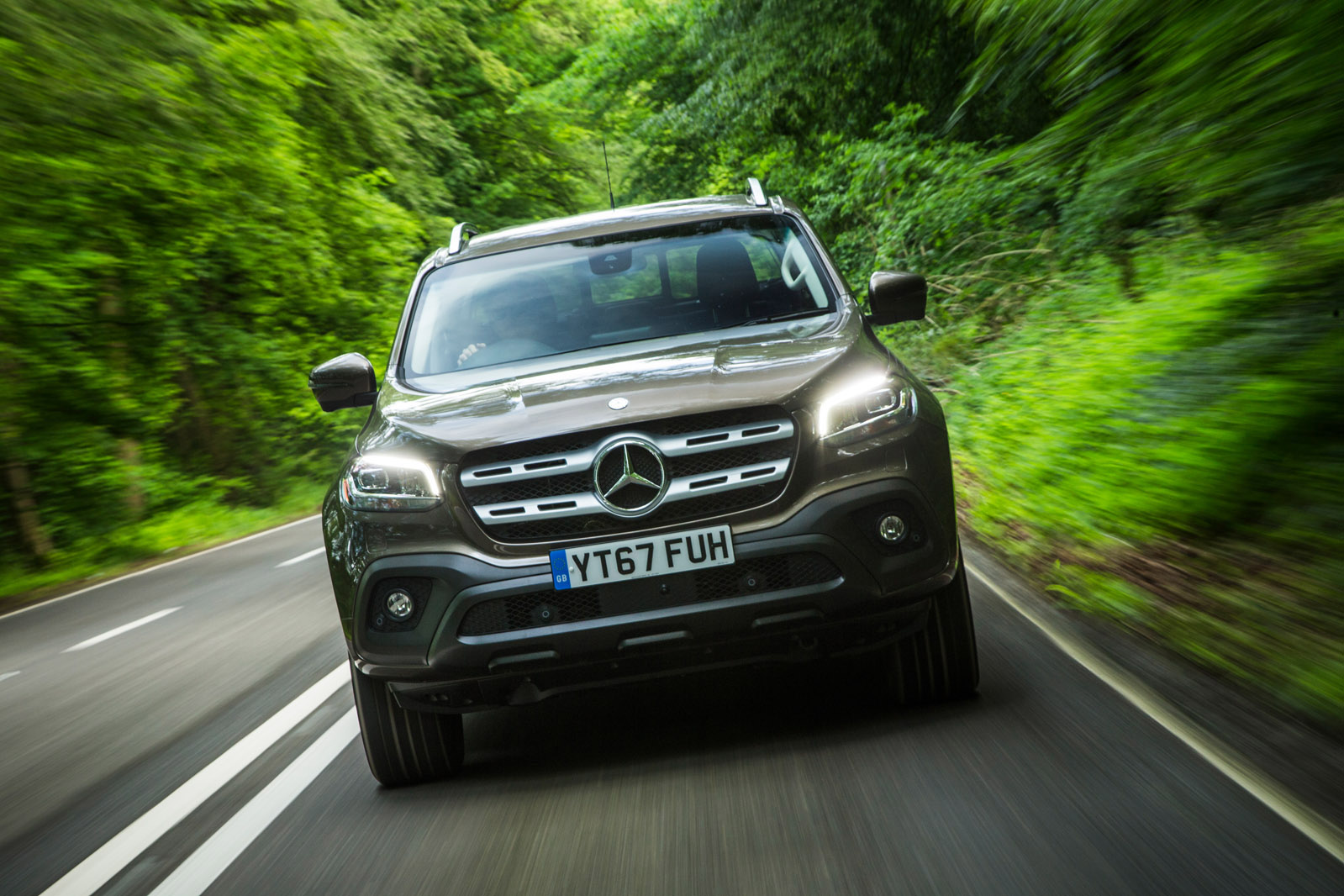This week, we’ll find out if the world’s first premium-branded pick-up truck is the revolutionary light commercial vehicle the world has been waiting for; or if instead it’s up there with the chocolate teapot and the inflatable dartboard among the roster of things that surely only ought to exist for the purposes of the practical joke.
Can the world’s oldest-surviving premium car maker successfully turn a flatbed workhorse into a truly desirable – even luxurious – vehicle? What reasons are there to fork out more than you need to for something that is, at its heart, so utilitarian?
The new Mercedes-Benz X-Class is here, in mid-range diesel X250d form, with a chance to show us everything that a posh pick-up can do, and be, in 2018. Mercedes’ claim that the X-Class is Europe’s first premium-branded mid-sized pick-up has some credibility, but to acknowledge it fully would be to overlook the contribution made by the Volkswagen Amarok in making the ‘lifestyle flatbed’ a more desirable prospect.
And yet, when Mercedes turns its hand to a vehicle like this, because of its track record in turning utility cars such as the G-Wagen into unlikely fashion items, we sit up and take notice.
So, in this particular instance, should we? (Especially considering the fact that this vehicle has sprung from a joint venture with the Renault-Nissan-Mitsubishi Alliance and shares a platform with the Nissan Navara and Renault Alaskan.)


